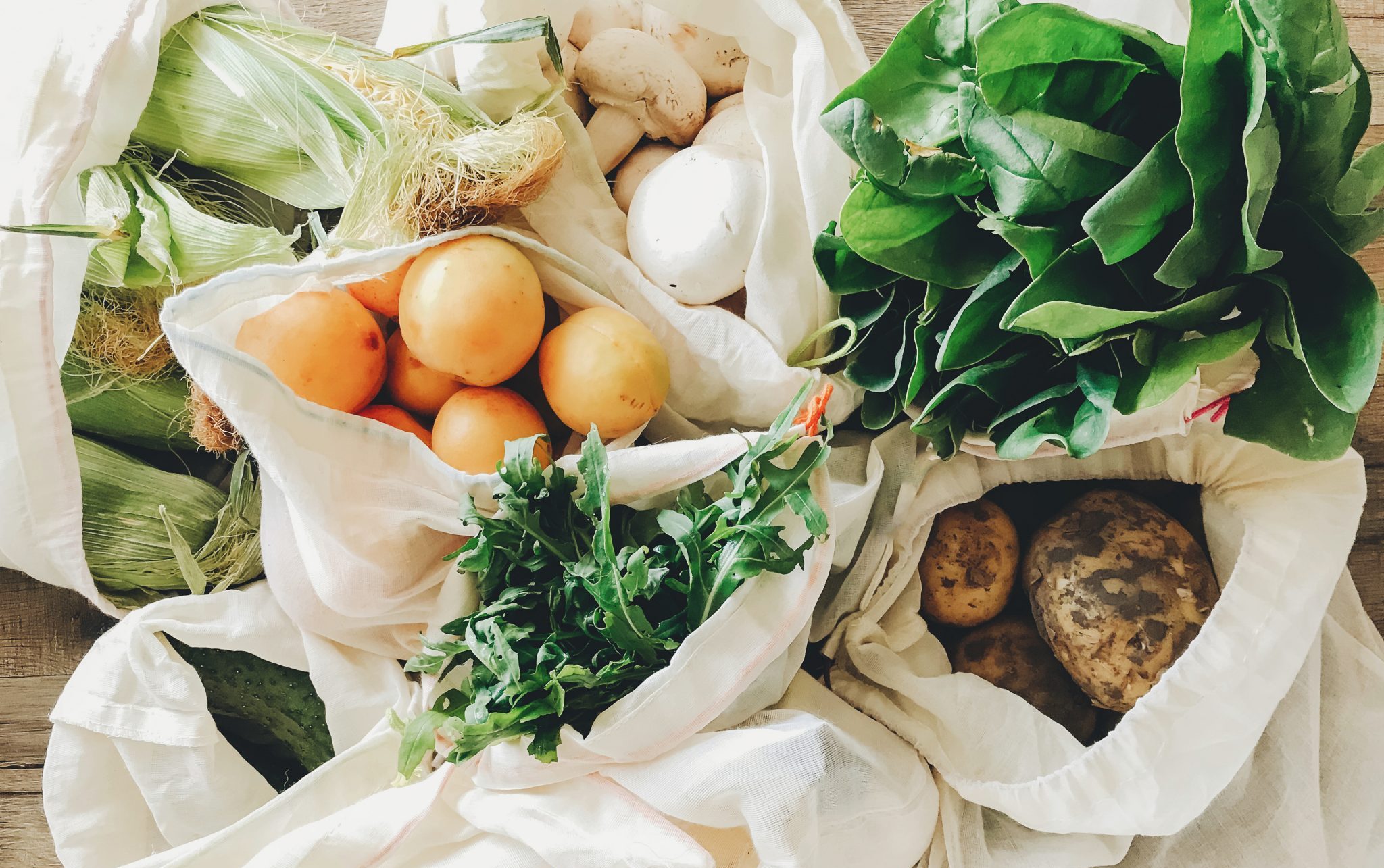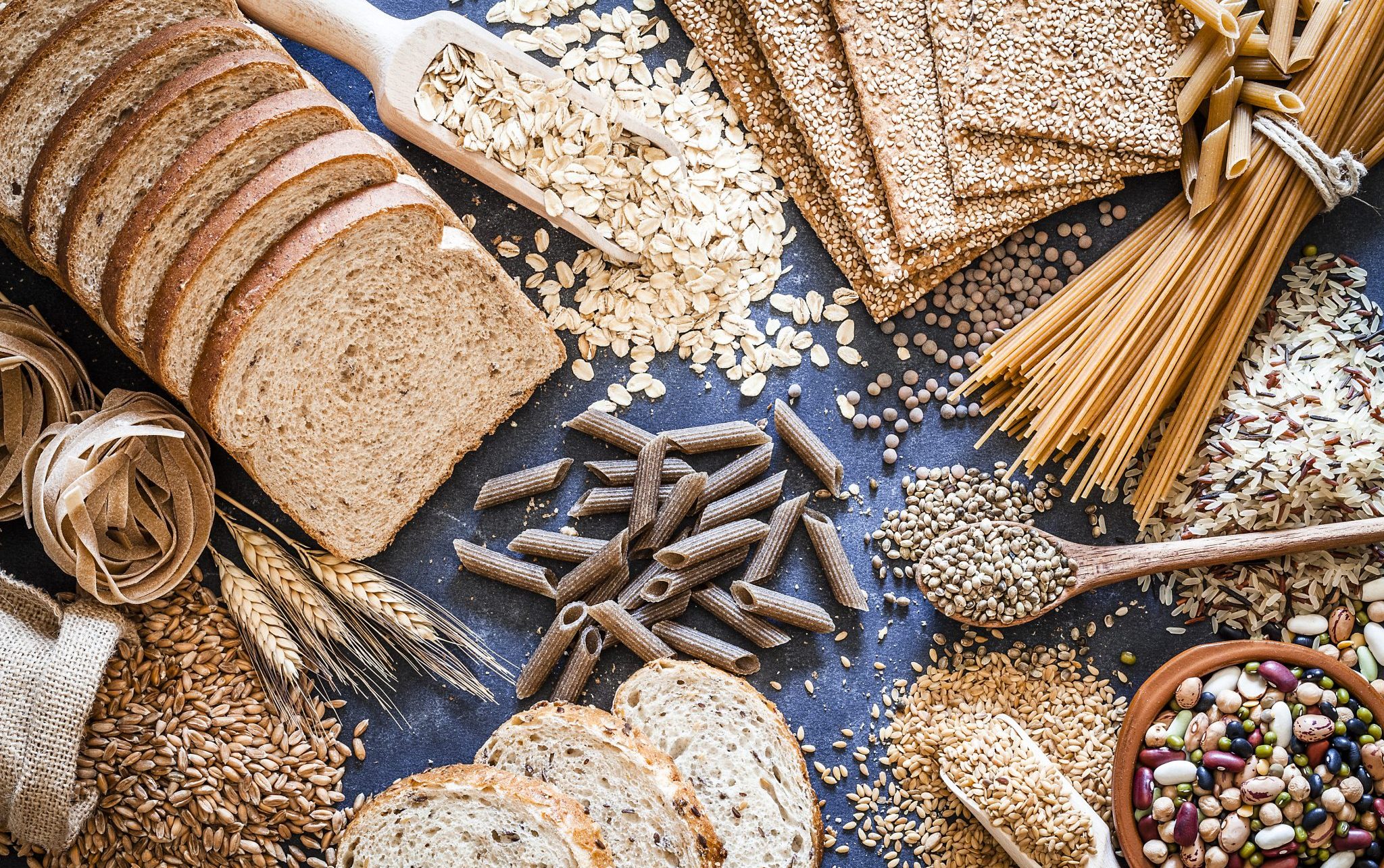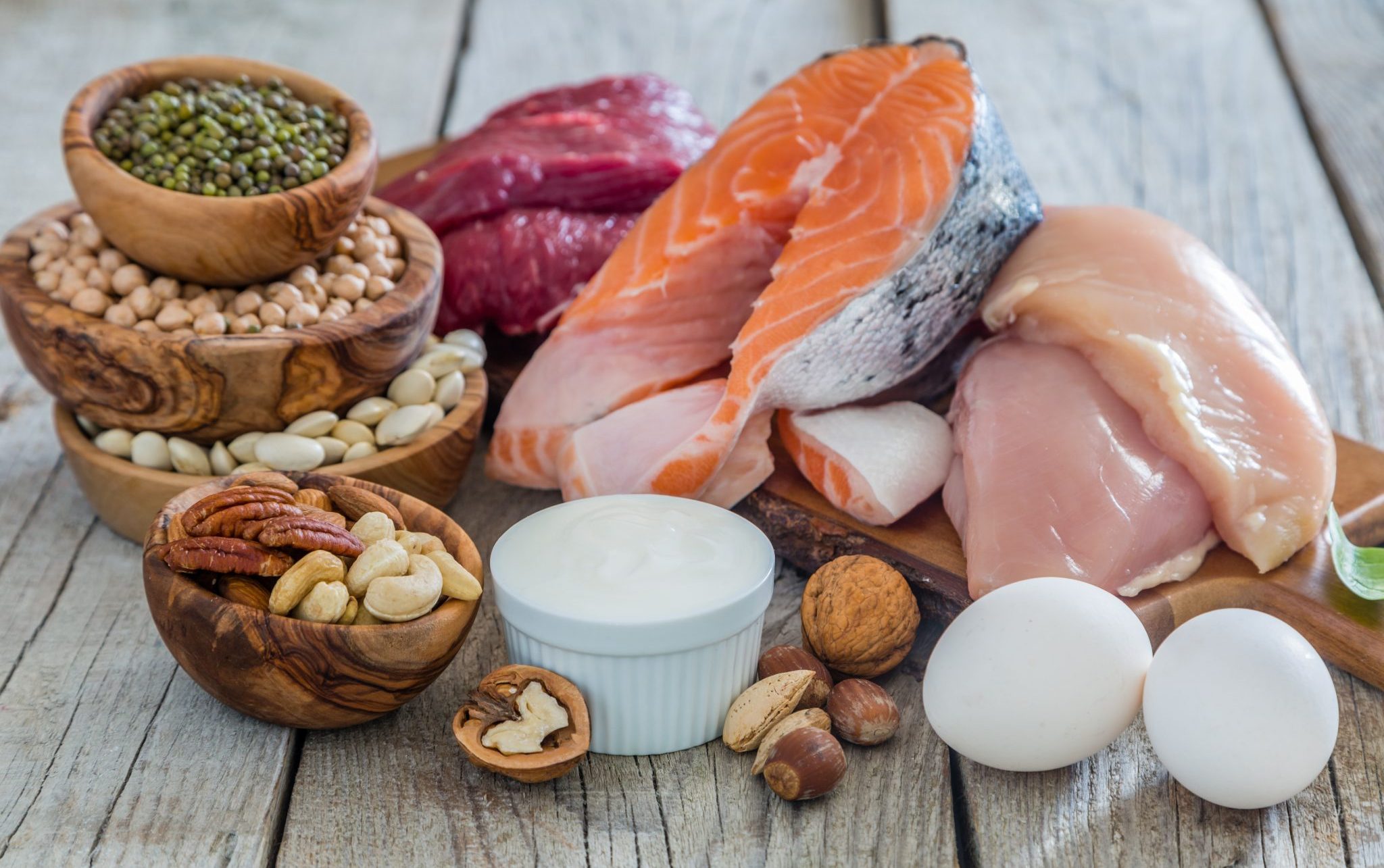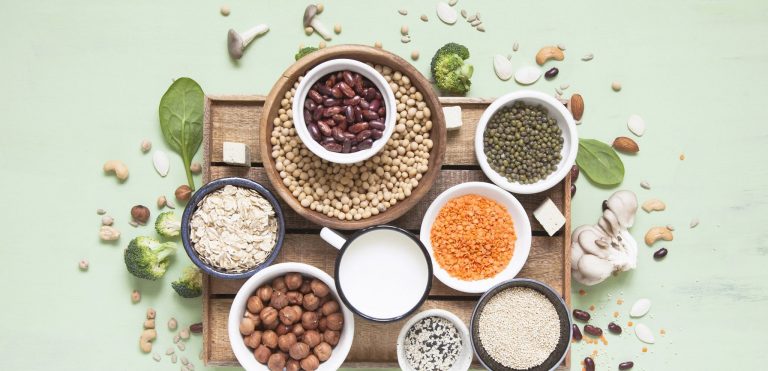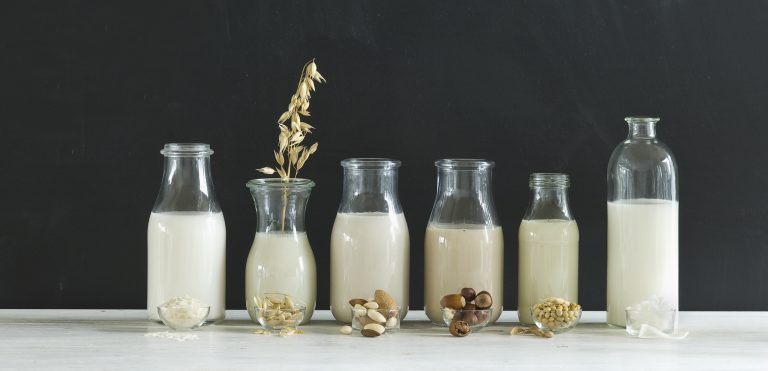Entering a supermarket, there is an unlimited amount of choice, so many aisles of options, and if you’re like me, even when you go in with a list and a plan, you tend to come out the other side with some tasty products you don’t really need and (occasional) won’t even make it to your dinner plate. While a few little niceties are good here and there, if you’re serious about fitness, you need to make sure you get the nutrition part right. A runner powered by chips and chocolate alone? Sounds like a recipe for disaster. That’s why we’ve composed this short guide to the best foods to eat for runners to help you decide what you need to pick up in store.
Runners’ diet – getting it right
Food is fuel, right? And that goes double for runners. We need it to power our bodies and minds and get the most out of that run. A nutritious runners’ diet meal plan can set you up for success, ensuring you have enough to fuel your body, but not feel sluggish.
But how much is just enough?
First, let’s take a look at how many calories you need in a day. Your body’s basal metabolic rate (BMR) is the number of calories you need just to function – get up, breathe, sustain your vital organs, etc. Below is the Harris-Benedict Equation, which you can use to estimate your BMR, but for a more precise reading, consult a doctor:
Women
BMR = 447.593 + (9.247 x weight in kg) + (3.098 x height in cm) – (4.330 x age in years)
Men
BMR = 88.362 + (13.397 x weight in kg) + (4.799 x height in cm) – (5.677 x age in years)
BMR is different from the number of calories you need to maintain (or gain/lose weight); this is your maintenance calorie level. Probably you’ve heard the 2,000 calories for women, 2,500 calories for men levels batted about. These are relatively general estimates. To gain a better understanding of the calories you should consume, you need to take into consideration your activity level, height, weight, and metabolic level. Lots of online calculators help you do this, although the most accurate (and expensive) route is testing from your doctor.
Now, that you know the basics, it’s time to learn more about running calories burned. There is a common rule of thumb that for each mile you run you burn 100 calories. Of course, this is just a general number and runners need to take into account various factors, such as metabolism, body weight, speed, and the terrain you’re running on, that give a more precise estimate. Or alternatively, you can try using one of the many helpful fitness trackers out there.
So, what does it all mean?
Taking in this random series of digits can be confusing. But primarily, it’s to give you a general idea of if you are taking in an appropriate number of calories for your activity level.
Instead, use it as a guide for portion side, and focus on these three factors:
1. What you are eating
They say, “you are what you eat.” So, if you’re hoping to boost performance, don’t rely on calories alone, focus on quality instead.
2. Portion sizes
While after a run it might be tempting to wolf down a huge meal, that won’t be good for you or your waistline. Focus on reasonably sized portions and don’t overeat.
3. Sleep and hydrate
When we’re tired or thirsty, we’re more likely to make poor food choices – remember all those midnight snacks! – so to make sure you don’t fall victim to cravings, get some rest and hydrate.
Healthy foods for runners
Like we said, quantity isn’t everything. Although it’s important to make sure you receive a sufficient number of calories, it’s equally vital you ensure they are healthy and nutritious too. That’s why we’ve compiled this list of the best foods to add to your running nutrition plan. The how? That’s up to you. Be as creative as possible. Got a greate recipe? Let us know.
The carbs
Don’t fear those carbs. We know low-carb diets boast of the benefits, but for runners, carbs are a necessary fuel and one of the best high energy foods for running. Carbohydrates are converted in the body into glucose, which is needed not only to fuel your run but to optimize your fat-burning processes. Luckily for you, there are lots of choices out there:
- Potatoes and sweet potatoes
- Steel-cut oats
- Brown rice
- Dried fruit
- Bananas
- Whole-grain pasta
- Nuts
Our favs: Banana and peanut butter, and a baked potato.
Protein power
Protein is the basis for your body’s building blocks. It’s vital to help you gain muscle and recover from a run. In general, your body needs approximately 0.36 grams of protein per pound of weight (0.8 grams per kilogram). For athletes, this is higher at around 0.6 grams, and for non-professional, yet enthusiastic runners, somewhere in between. The best proteins to power your run?
- Nuts and nut butters
- Eggs
- Salmon
- Beans
- Lean meats
- Cheese
Our favs: Egg and quinoa salad, and baked beans on toast
Some runners also choose to take protein powders; however, you should consult with your doctor beforehand to see if this is a suitable solution for you.
Vitamins and mineral essentials
Getting those vitamins and minerals in your system is essential, each little element from Vitamin A to K to the minerals (iron, calcium, zinc, and magnesium, among others) has an important role to play. You might not need huge quantities of any of these alone but ensuring you get them is vital to your performance. So, which ones should you take note of?
- Broccoli
- Kale
- Spinach
- Tomatoes
- Berries
- Citrus fruits
- Apples
- Seeds and nuts
- Beans
- Mushrooms
- Carrots
- Milk
- Cheese
- Yogurt
- Dark chocolate
Our favs: A seedy salad of fresh spinach, fresh tomatoes, broccoli, sun-dried tomatoes, and balsamic vinegar dressing. Or, we also recommend fresh Greek yogurt for breakfast topped with delicious berries and walnuts.
Now, you know a little more on running diet, we hope you’re inspired to add some new meal changes to your diet. Good luck!


